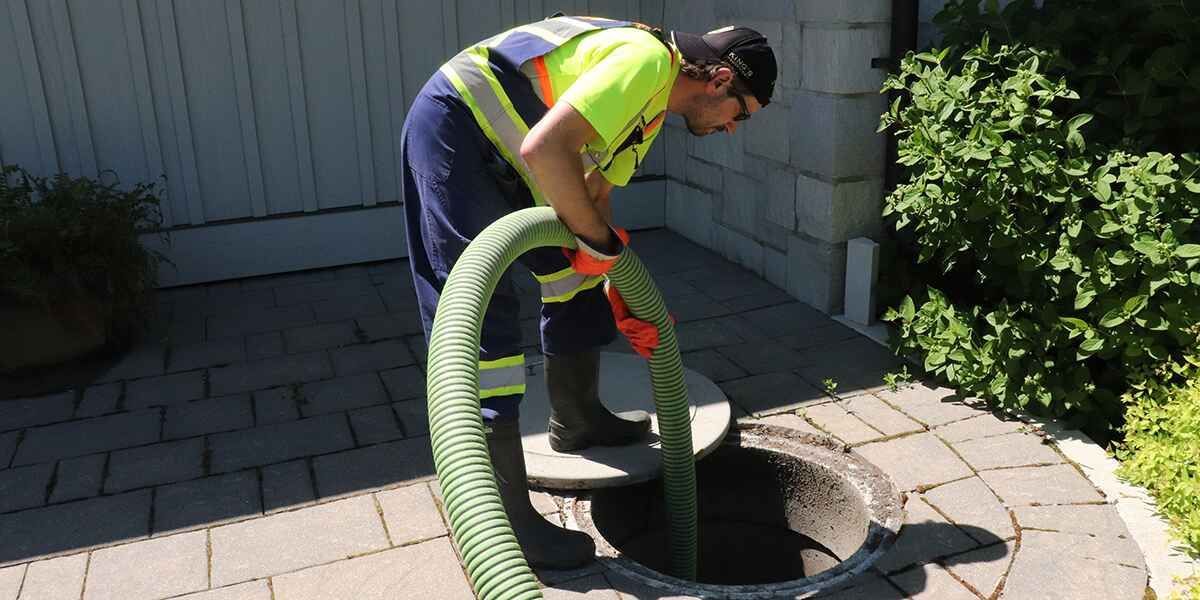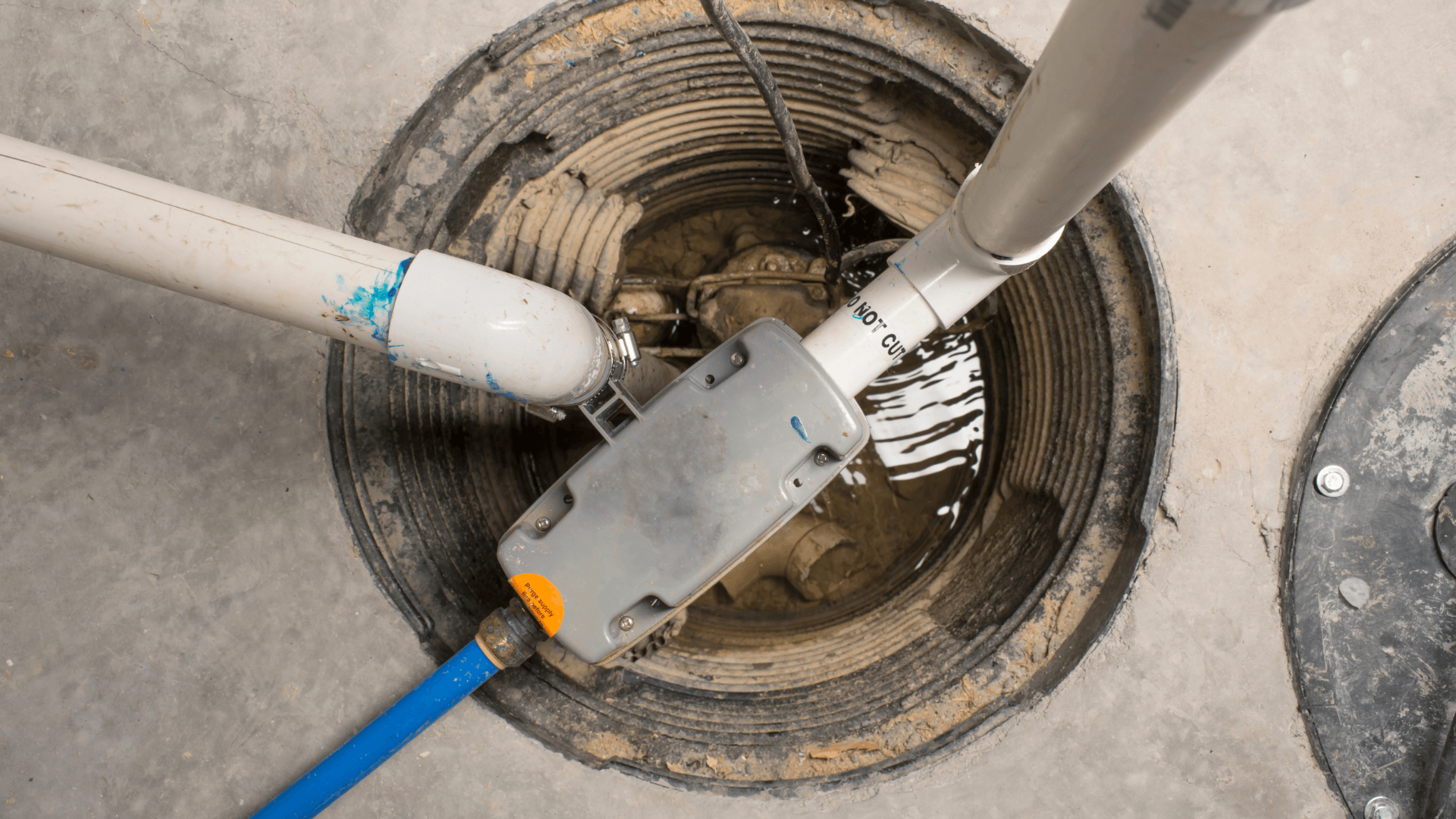Quick Steps to Caring for Your Sump Pump
Quick Steps to Caring for Your Sump Pump
Blog Article
What're your concepts on Keep Your Sump Pump Clean, It'll Keep You Dry?

Sump pumps are essential parts in many homes, specifically in areas vulnerable to flooding or excessive moisture. They aid stop water damages by efficiently eliminating excess water from cellars or crawl spaces. Nonetheless, like any other device, sump pumps need routine upkeep to ensure they work effectively when needed one of the most. Cleansing your sump pump is an important part of its upkeep, and understanding exactly how to do it effectively can conserve you from expensive fixings and prospective disasters.
Introduction
Keeping a tidy sump pump is essential for its appropriate performance and durability. Disregarding this essential job can cause clogs, breakdowns, and eventually, water damage to your property. Therefore, finding out exactly how to cleanse a sump pump is important for house owners that count on these tools to keep their cellars dry and safeguarded.
Signs of a Dirty Sump Pump
Recognizing when your sump pump needs cleaning is vital for protecting against potential malfunctions. Some common indicators that show a dirty sump pump include unusual sounds throughout operation, lowered water circulation, and visible debris in the pit. If you discover any one of these symptoms, it's important to clean your sump pump without delay to avoid any additional concerns.
Getting ready for Cleansing
Prior to you begin cleansing your sump pump, it's necessary to take some safety preventative measures. Begin by shutting off the power to the pump to stay clear of any electrical mishaps. In addition, put on ideal protective gear, such as gloves and goggles, to shield on your own from dirt, debris, and prospective microorganisms.
Understanding the Sump Pump
Before diving into the cleansing process, it's important to have a standard understanding of just how a sump pump works. Typically installed in a pit or container below the basement flooring, a sump pump consists of a number of crucial parts, including a pump, a float switch, and a discharge pipeline. When water builds up in the pit, the float switch activates the pump, which after that pumps the water out with the discharge pipe, far from the building's foundation.
Step-by-step Guide to Cleansing a Sump Pump
Shutting Off the Power
Begin by detaching the power supply to the sump pump to avoid any crashes while cleaning.
Looking For Proper Performance
Prior to re-installing the pump, do a quick examination to make certain that the float switch triggers the pump properly. Put some water into the sump pit and observe the pump's operation. If whatever is working correctly, you can rebuild the pump and reconnect the power supply.
Eliminating Debris and Dust
Utilize a pail or a scoop to get rid of any kind of noticeable particles, dirt, or debris from the sump pit. Dispose of the debris appropriately to stop it from obstructing the pump or the discharge pipe.
Cleaning up the Pump and Float Switch Over
When the pit is free from particles, carefully remove the pump from the pit. Check the pump and the float button for any type of indications of damages or wear. Make use of a soft brush or fabric to clean the surface areas and eliminate any kind of built up grime.
Flushing the System
After cleaning the pump and float button, flush the sump pit with clean water to eliminate any type of remaining dust or sediment. This will aid make sure that the pump runs efficiently and efficiently.
Maintenance Tips to Keep Your Sump Pump Clean
Along with regular cleaning, there are a number of maintenance tips you can comply with to keep your sump pump in optimal problem:
Final thought
Cleansing your sump pump is a vital aspect of its upkeep and makes sure that it runs efficiently when you require it the most. By complying with the actions laid out in this overview and integrating routine upkeep right into your routine, you can expand the lifespan of your sump pump and protect your home from water damages.
6 STEPS ON HOW TO CLEAN A SUMP PUMP PROPERLY
UNDERSTANDING SUMP PUMPS
Your sump pump plays a crucial role in protecting your home by managing and removing excess water. It primarily functions as a “shield”, guarding your basement against the damaging effects of water accumulation. The pump is housed in a sump pit in the lowest part of your basement, and its job is to pump out any water that collects there.
During heavy rainfalls or when snow melts rapidly, water can infiltrate your basement, posing potential risks like flooding, structural damage, and harmful mold growth. Here, the sump pump springs into action, pumping out the intruding water and directing it away from your home.
SAFETY FIRST
Before cleaning, remember to prioritize safety. Disconnect the sump pump from the power source to prevent any accidental electric shocks. Also, wear sturdy gloves to protect your hands from any sharp or dirty components within the pump.
REMOVE THE SUMP PUMP
After ensuring your safety, the next step is to remove the sump pump from its pit. Doing this might require careful maneuvering as you don’t want to damage any pump components. Once removed, clean the sump pit to remove any accumulated debris or sludge.
INSPECT THE PUMP
Inspect the pump for any visible signs of wear or damage. Check the power cord, float switch, and impeller housing. If any components look worn out or damaged, consider replacing them to ensure optimal performance.
CLEAN THE PUMP
Thoroughly clean the pump with warm, soapy water. Make sure to rid it of any dirt, gravel, or other debris that might impede its performance. You can use a toothbrush to clean the small, hard-to-reach parts of the pump.
REINSTALL THE SUMP PUMP
Reinstall the pump into the sump pit Make sure it’s positioned correctly to remove the water effectively Once it’s back in place, reconnect it to the power source TEST THE PUMP
Finally, pour some water into the pit to ensure the pump works correctly. It should start automatically and begin pumping out the water; if it doesn’t, check the power source and the positioning of the pump.
Remember, while cleaning your sump pump is an essential part of home maintenance, hiring a professional plumber for a thorough inspection and cleaning at least once a year is also important. This will ensure that your pump is in optimal condition, ready to protect your home from potential water damage.
BEST PRACTICES FOR CLEANING SUMP PUMP DISCHARGE PIPES
Regular Inspection: Regularly inspect your discharge pipes, especially during heavy rainfall or snowmelt periods. Look for any signs of blockage or damage. Early detection of problems can prevent serious issues down the line. Periodic Cleaning: Over time, sediment and debris can accumulate in the discharge pipes, impeding the flow of water. Regular cleaning helps keep the pipes clear and functioning efficiently. You can use a high-pressure water jet to effectively clean the pipes. Insulation During Winter: In colder climates, discharge pipes can freeze, blocking the outflow of water. Protect your discharge pipes from freezing temperatures by insulating them with foam pipe insulation. This will ensure the sump pump can continue to discharge water even in freezing conditions. Proper Positioning: The discharge pipe should be positioned to direct water away from your home’s foundation. Improper positioning can lead to water seeping back into the basement. Ensure the pipe is long enough and angled correctly. Installation of a Check Valve: A check valve prevents water from flowing back into your sump pit after the pump has pushed it out. Installing a check valve helps maintain the efficiency of your sump pump and reduces the risk of flooding. Minimize Pipe Turns: Every curve or turn in the discharge pipe can decrease the efficiency of water flow. By minimizing turns and bends in your discharge pipe, you can increase the efficiency of your sump pump. https://www.fullspeedplumbing.com/how-to-clean-a-sump-pump-properly9999/

I'm just very taken with How To Effectively Clean A Sump Pump and I am praying you appreciated the piece. For those who appreciated our blog post if you please make sure you remember to share it. Thanks a lot for your time. Don't hesitate to stop by our blog back soon.
Call Today Report this page